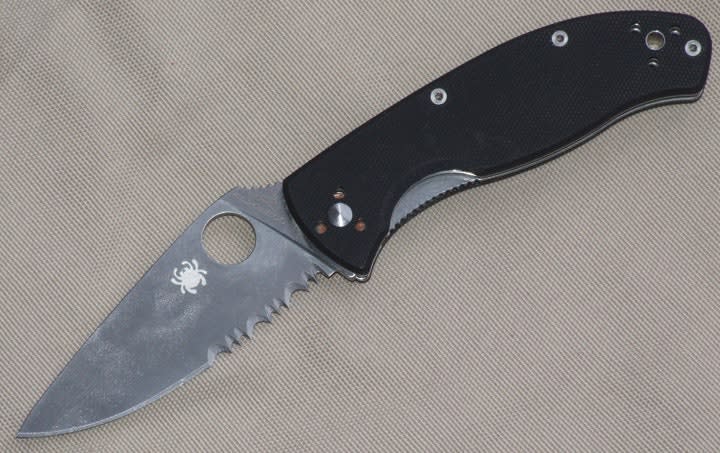"When it comes to shooting, we are grading them on Olympic marksmanship instead of gunfighting," says Ken Murray, author of "Training at the Speed of Life" and one of the co-founders of Simunition.
Murray and other like-minded law enforcement trainers believe that the traditional police qualifying course of fire is as archaic as hats, leather saps, and other artifacts of 20th century policing that many agencies have discarded. "Most of what goes on in conventional law enforcement training is the opposite of gunfighting," Murray argues.
As Murray points out, many agencies are still locked into the legacy of firearms training that American law enforcement adopted from military standards established before World War I. In that model, officers line up on a firing line and are directed to shoot at targets seven yards, 15 yards, and 25 yards out into the range.
Of course this bears little resemblance to what happens in a gunfight. Most police shootings occur at a range of less than 21 feet and last only a few seconds. To prevail in these short, sharp engagements, an officer must react quickly and be aware of cover, concealment, and other tactical considerations. Tactics are not even part of the qualification concept.
"We spend too much time on marksmanship skills that would probably be better spent on gunfighting skills," says John Bostain, senior use-of-force instructor at the Federal Law Enforcement Training Center (FLETC) in Glynco, Ga. "We need to work on moving and shooting, reloading on the move, fixing weapon malfunctions on the move, and moving from point of cover to point of cover."












